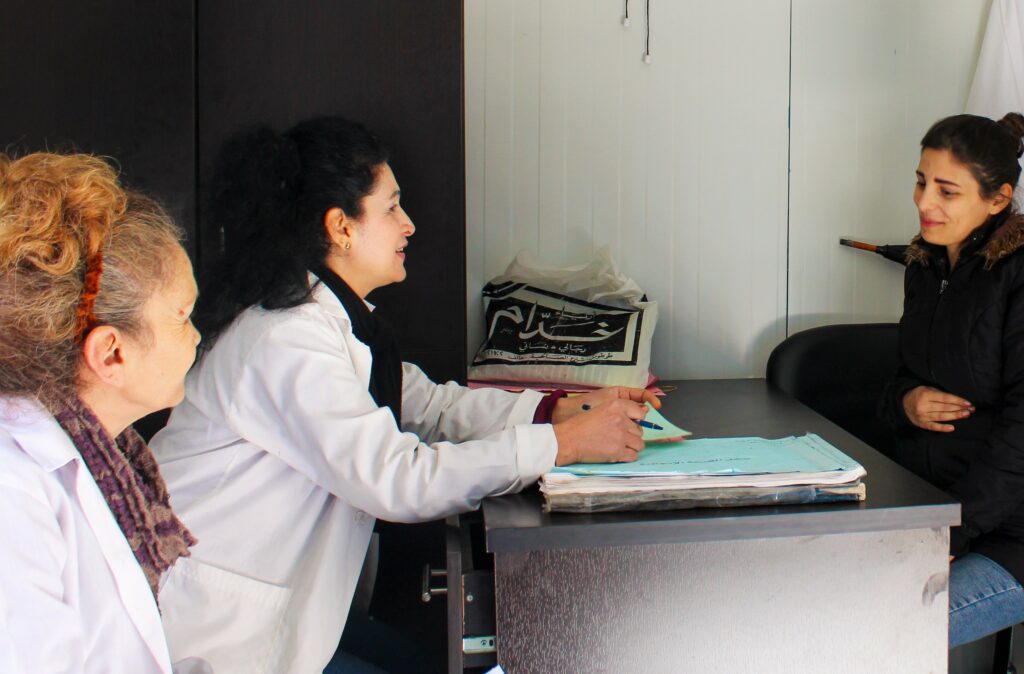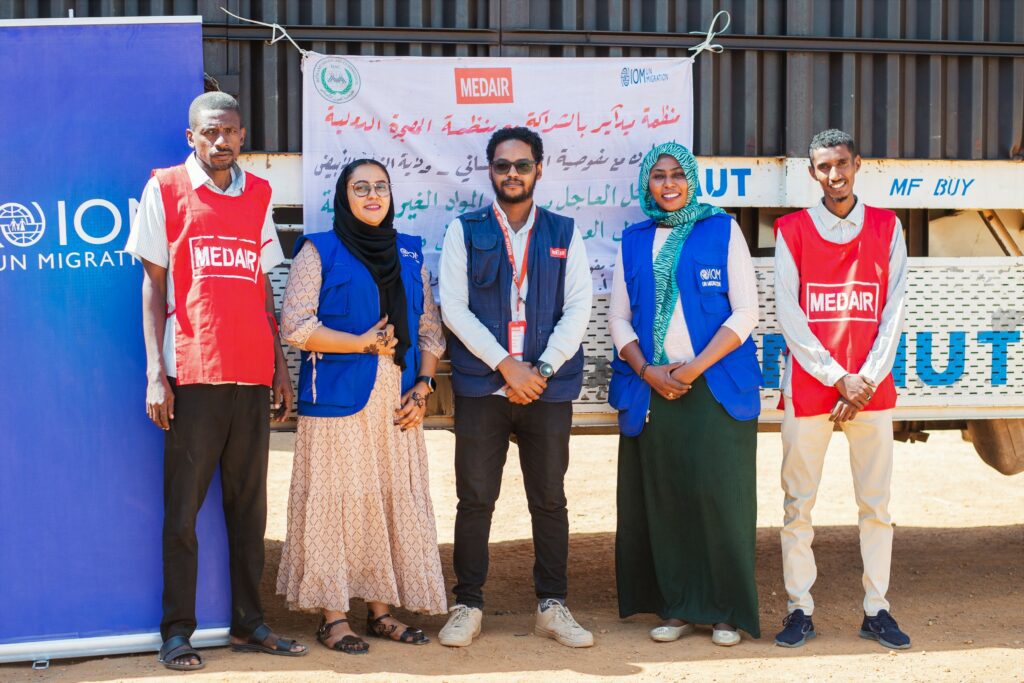No place to call home: What does it really mean to be a refugee, an asylum seeker, or a displaced person?
“I call no place home,” says Hawas, an Iraqi man who was forced to flee his home in Zummar, Iraq because of the conflict in his country.
“I call no place home,” says Hawas, an Iraqi man who was forced to flee his home in Zummar, Iraq because of the conflict in his country.
After staying in his home town was no longer a safe option, Hawas made the dangerous 90 kilometre journey with his family to Kharabe Babke village in search of a safer place. He doesn’t view Kharabe Babke village as his home either, but cannot return to Zummar.
“I won’t return to Zummar,” Hawas says. “There are no services there – no water, no power, no security. It’s still unsafe. And I don’t call Kharabe Babke home either because I can’t find a job. There’s no stability in my life.”
Like Hawas, 70.8 million people across the world have been forced to flee their homes because of conflict, persecution, extreme poverty, or natural disasters. Yet, each situation is unique. Some people are classified as refugees, others as internally displaced persons, and others as asylum seekers.
But what do each of these terms really mean? Let’s take a look:
Refugee
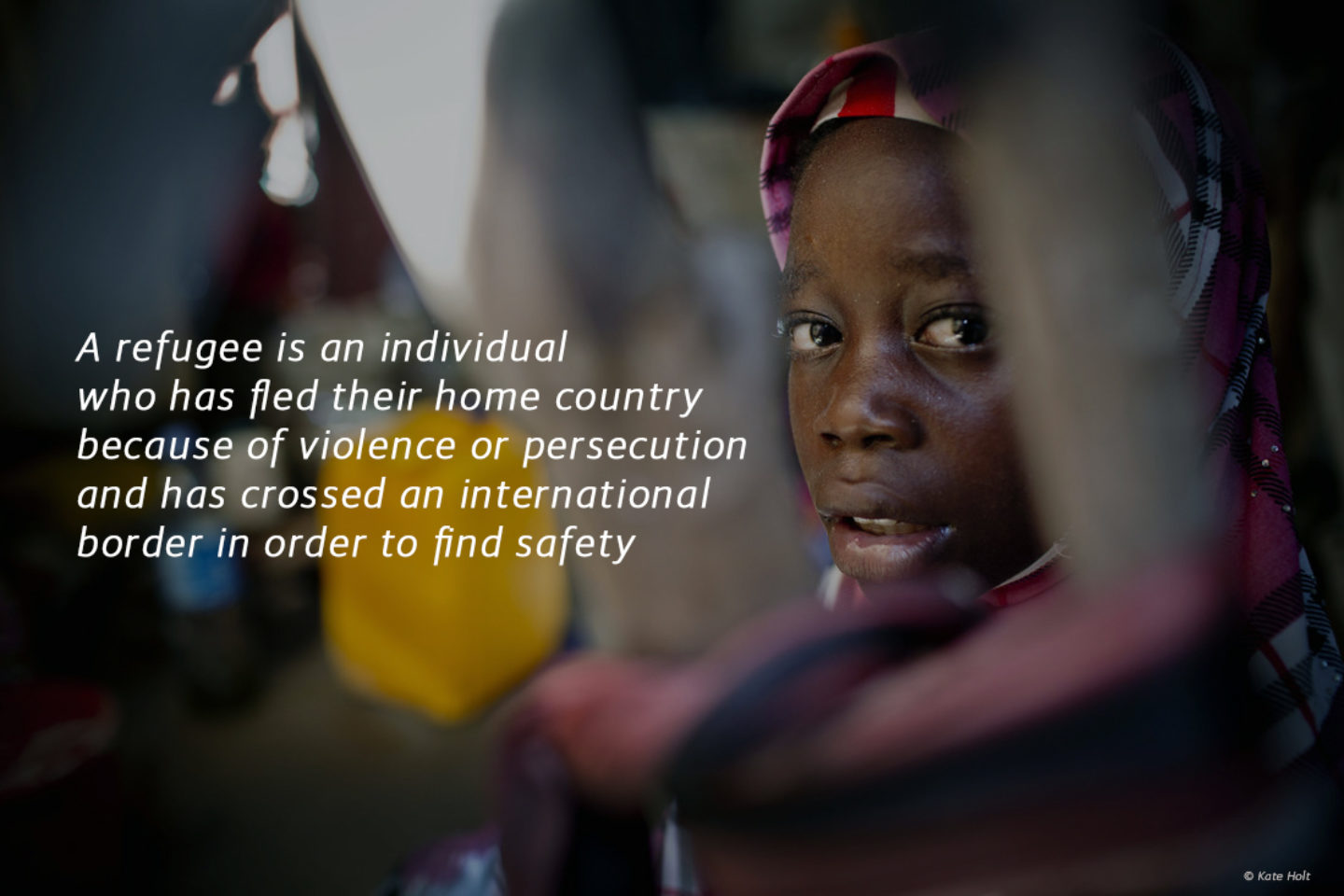
A refugee is an individual who has fled their home country because of violence or persecution and has crossed an international border in order to find safety. Refugees are protected by the United Nations Refugee Agency (UNHCR) who ensure refugees hold the same social and economic rights as any foreigner or resident in their host country.[1]
When a refugee first crosses an international border, they are registered with the local government or with the United Nations as an asylum seeker and must apply for refugee status in that nation. Therefore, every refugee is first an asylum seeker, but not every asylum seeker will be legally granted refugee status.
Asylum Seeker
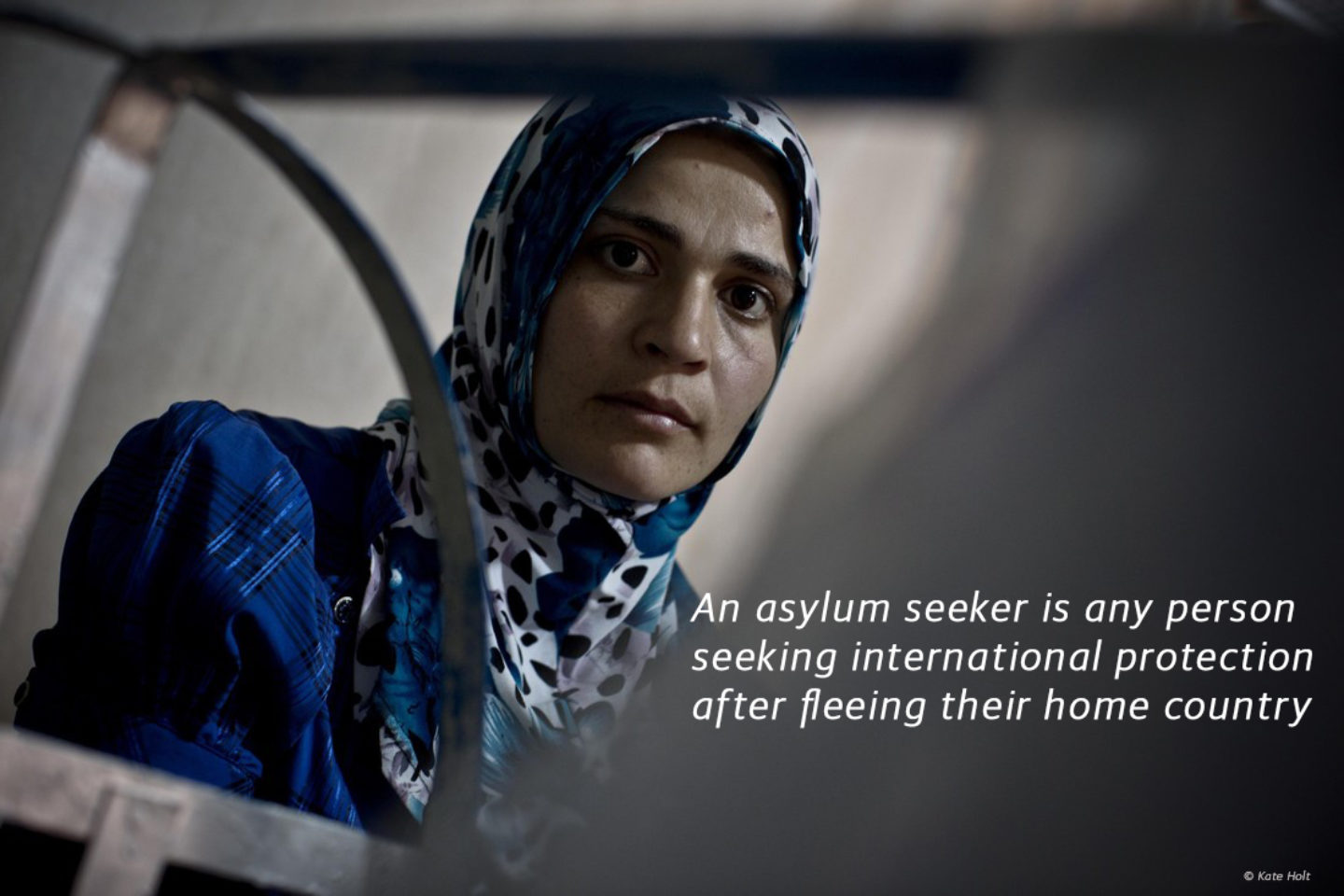
An asylum seeker is any person seeking international protection after fleeing their home country. They can apply for refugee status, but must wait for their claim to be accepted before they can be recognised as a refugee in their host country.[2]
Internally Displaced Person (IDP)
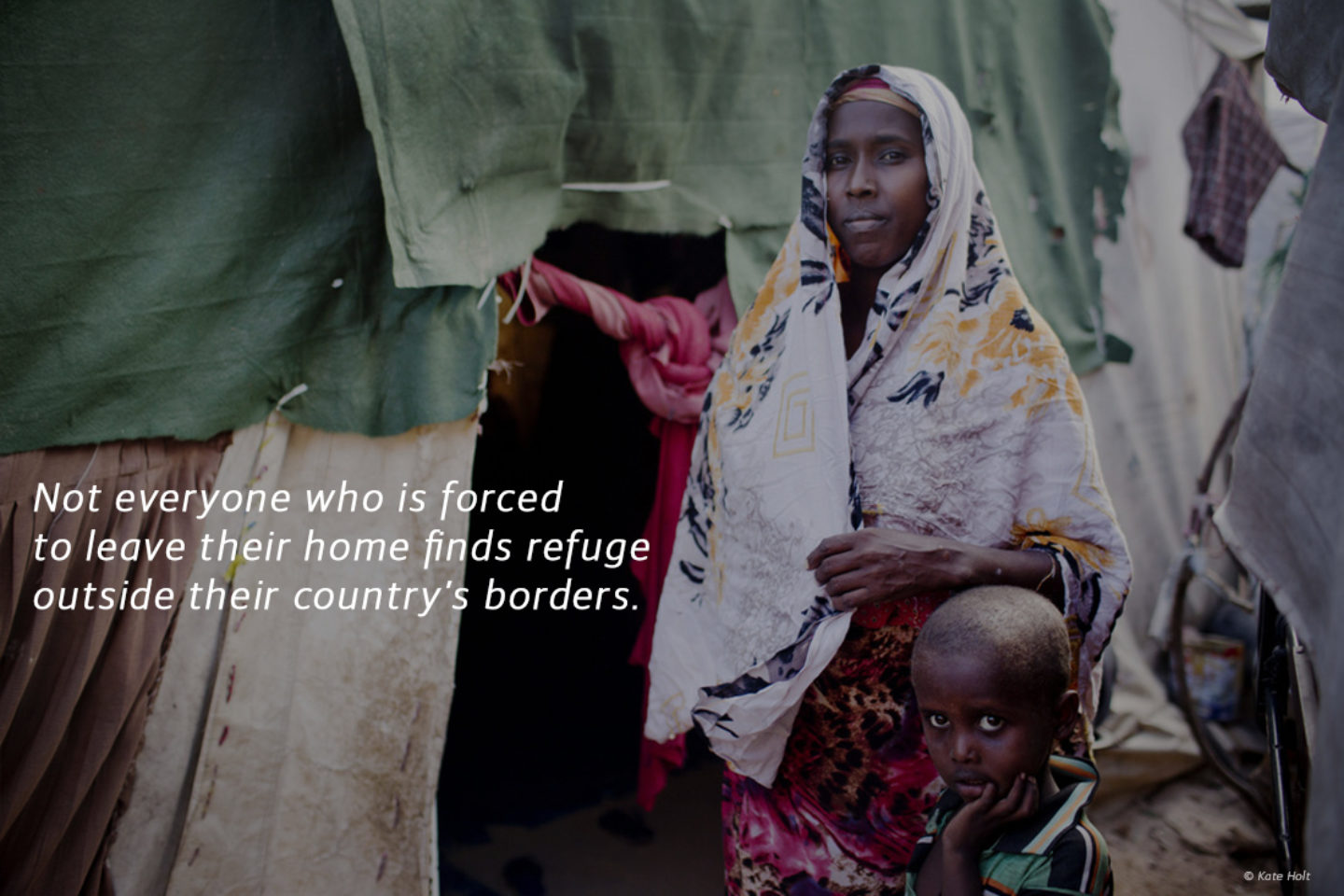
Not everyone who is forced to leave their home finds refuge outside their country’s borders. Internal displacement can be caused by a variety of reasons, including natural disasters and armed conflicts. However, internally displaced persons do not cross an internationally recognised state border.
In many instances, refugees and internally displaced persons face the same challenges – lack of basic services or a safe place to call home; family separation. However, the key difference is that internally displaced persons are not granted the same rights as refugees under international law. So, while it may seem like a better solution to remain closer to home in one’s country of origin, the reality is much more complex.
State sovereignty means that each country is ultimately held responsible for protecting and assisting its citizens in need. That means that the mounting needs of internally displaced persons are the responsibility of the state, making them ineligible to receive outside humanitarian assistance through the United Nations Refugee Agency.
However, ongoing conflict strips governments of vital resources. Governments may desire to help their affected populations, but are incapable of doing so because of the magnitude of need and limited capacity to provide the right aid to those affected.
That is where international humanitarian organisations like Medair come in. We have the right to help meet the urgent needs of refugees and internally displaced persons alike.
[1] UNHCR Protecting Refugees
[2] UNHCR Glossary of Terms
CHECK OUR LATEST STORIES
Featured StoriesStoriesSyriaHealth and Nutrition
A new life for a clinic in Syria
"The clinic is ready!" The news was music to Dr Eyad's,(the director of Tal Salhab clinic), ears. Medair had just completed the rehabilitation of Tal Salhab's only primary health centre, providing it with much-needed medical equipment – offering a lifeline to over...
StoriesSudanWater, Sanitation and Hygiene (WASH)
The Sudan crisis: how Medair is stepping in
Sudan crisis: how Medair is stepping in Twelve months into the armed conflict in Sudan, it has become the largest displacement crisis in the world. To date, 8.4 million people have been forced to flee their homes, and the number is growing every day. Families have...
StoriesUkraineHealth and NutritionMental Health
The Need for mental health support in Ukraine
“I really enjoyed the organization of these trainings. I’ve already gained a lot of interesting knowledge, which, it seems, I was already familiar with, but had never thought about it deeply. Learning new things, I understand how I can apply them in my work to...
StoriesMadagascarWater, Sanitation and Hygiene (WASH)
Medair’s innovative response to drought
In southern Madagascar, Medair aims to play a key role in improving access to water, sanitation, and hygiene for vulnerable communities affected by drought and 'kere' (famine). Normally, people living in remote villages in southern Madagascar need to walk 10 to 40...
StoriesUkraineShelter and Infrastructure
Surviving Adversity
“Sometime around 6 a.m., my nephew called me and said, ‘Are you still sleeping? THE conflict has started.’ I shouted at my children to turn on the television to watch the news. I never thought I would experience something like this at my age. It was a terrifying...
StoriesJordanHealth and Nutrition
Health Improvement Journey
"We lost everything, our home and farm, therefore I left everything behind me. I carry hope to have a better place for me and for my family," Fozeh said, her voice heavy with the weight of displacement but her spirit resilient with the promise of a brighter future....
StoriesMadagascarWater, Sanitation and Hygiene (WASH)Women & Children
Fetching water, a burden for women
In the struggle of finding clean water, women bear the heaviest load "In addition to my duties as a single mother, I have to fetch water three hours away every day," shares Farasoa, a 38-year-old divorcee raising seven children in the Fokontany of Ambory...
StoriesYemenHealth and Nutrition
From a shack to a health unit
Following nearly a decade of conflict in Yemen, the country has experienced a partial collapse of an already fragile public infrastructure, leaving approximately 66 percent of the population in dire need of humanitarian assistance. Yemen’s healthcare system has...


